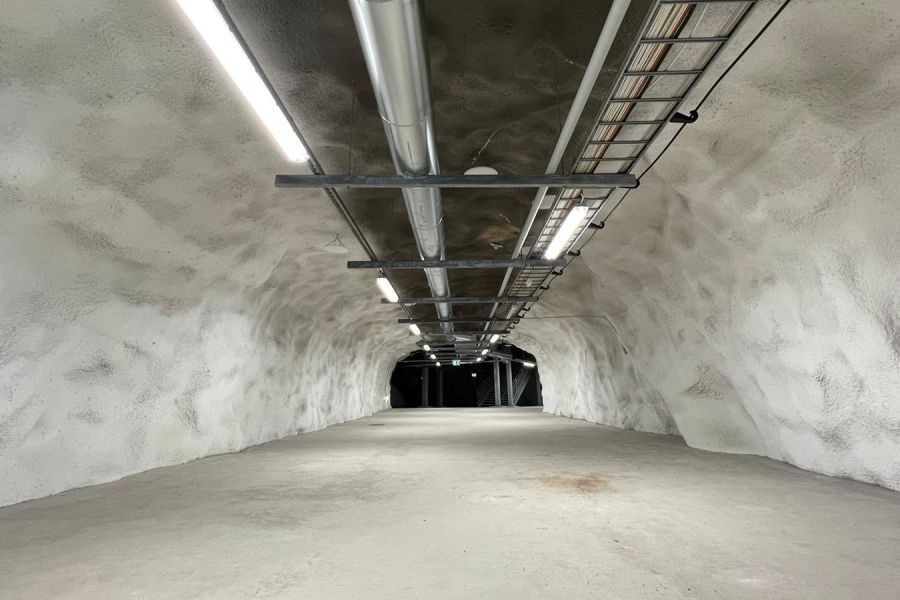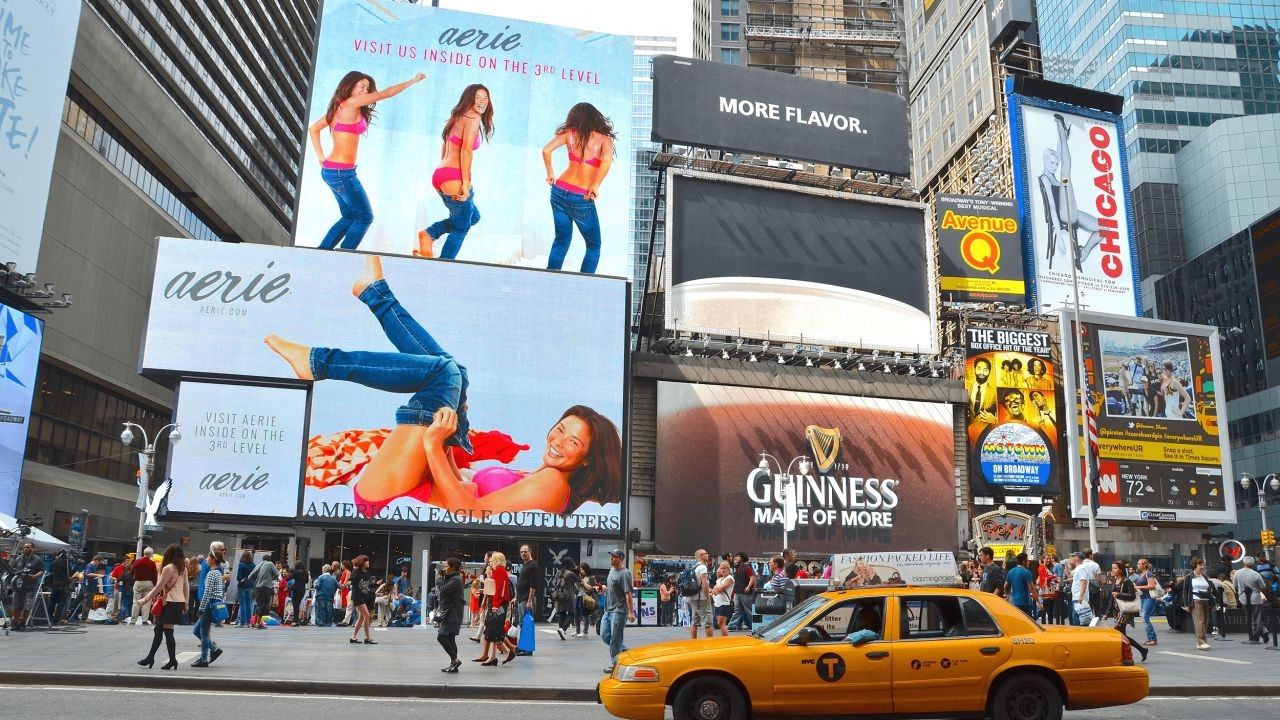In the world of competitive sports, athletes are continually searching for ways to gain an edge. An increasingly popular method is altitude training, a practice that can profoundly affect athletic performance. As Australia continues to cultivate world-class athletes, understanding the impact of training at varying altitudes becomes crucial not only for individuals but also for the economic and social structures supporting sports in the country.
The Science Behind Altitude Training
Altitude training involves exercising at elevations higher than sea level. The rationale is that at higher altitudes, the air contains less oxygen, compelling the body to adapt by increasing red blood cell production. This adaptation can enhance oxygen delivery to muscles, improving endurance and performance when the athlete returns to lower altitudes.
Scientific research consistently supports the benefits of altitude training. A study published in the Journal of Applied Physiology demonstrated that athletes training at altitudes of 2,000 to 3,000 meters can increase their VO2 max, a key indicator of aerobic endurance, by up to 25%. This is a significant advantage, particularly for endurance athletes.
Impact on Australian Athletes
For Australian athletes, the benefits of altitude training are multifaceted. Australia, with its relatively low topography, presents challenges for natural altitude training. However, facilities like the Australian Institute of Sport (AIS) have developed simulated altitude environments to replicate these conditions. This has allowed Australian athletes to achieve the physiological benefits of altitude training without leaving the country.
The economic implications are substantial. According to the Australian Bureau of Statistics, sports and physical recreation services contribute approximately AUD 12.8 billion to the national GDP annually. Enhanced athletic performance through altitude training can lead to greater success in international competitions, boosting national pride and potentially increasing investment in sports infrastructure and development.
Case Study: The AIS Altitude House
The AIS Altitude House provides a prime example of how simulated altitude training can benefit athletes. This state-of-the-art facility allows athletes to live and train at simulated altitudes of up to 3,000 meters. Since its implementation, numerous Australian athletes have reported improved endurance and performance metrics.
For instance, a swimmer training at the AIS noted a 10% improvement in their 1,500-meter time trial after a six-week altitude training program. This improvement not only enhances individual performance but also contributes to Australia's competitive edge on the international stage.
Economic and Policy Implications
The integration of altitude training into athlete preparation programs aligns with broader economic and policy goals. Sports success can drive tourism, increase brand Australia’s international visibility, and stimulate local economies. The Australian government's investment in sports science innovations, such as altitude training facilities, reflects a commitment to maintaining Australia's reputation as a sporting nation.
Moreover, training innovations can have ripple effects on related industries, such as sports technology and health sciences. The development and export of altitude training technologies could offer new economic opportunities, particularly if Australian companies lead innovations in this field.
Future Trends and Predictions
Looking forward, the demand for altitude training is expected to grow. With advances in technology, more athletes may gain access to these facilities, potentially even at home. The International Olympic Committee has noted that athletes utilizing altitude training techniques often outperform their peers, suggesting that this trend will continue to shape competitive sports globally.
Australia’s continued investment in sports science can position the country as a leader in this field. By 2030, it is predicted that 50% of elite athletes worldwide will regularly incorporate altitude training into their regimens, emphasizing the need for Australia to stay at the forefront of this trend.
Common Myths and Mistakes
- Myth: Altitude training is only beneficial for endurance athletes. Reality: While endurance athletes benefit significantly, research shows improvements in sprint performance as well, challenging the notion that only long-distance athletes gain from altitude training.
- Myth: Simulated altitude is not as effective as natural altitude. Reality: Studies indicate that simulated altitude can provide comparable physiological benefits, allowing athletes to train efficiently without leaving their home environment.
- Myth: Altitude training is universally beneficial for all athletes. Reality: Individual responses vary, and some athletes may experience minimal benefits or require longer adaptation periods.
Conclusion
Altitude training represents a pivotal component in the preparation of elite athletes, with far-reaching implications for Australia's sports industry. By understanding and leveraging these benefits, Australia can enhance its competitive standing and stimulate economic growth through sports. As the nation continues to invest in innovative training methods, the future of Australian sports looks promising.
What’s your take on altitude training's role in Australian sports? Share your insights below!
People Also Ask
- How does altitude training affect athletes? Altitude training enhances oxygen delivery to muscles, improving endurance and performance.
- What are the benefits of simulated altitude training? Simulated altitude can provide physiological benefits similar to natural altitude without the need for travel.
- How is altitude training relevant to Australia’s economy? Improved athletic performance can boost tourism, national pride, and investment in sports infrastructure.
Related Search Queries
- Altitude training benefits for athletes
- Simulated altitude training facilities in Australia
- Impact of altitude training on sports performance
- Economic impact of sports in Australia
- Altitude training case studies
































T.Y. McGill Jr Foundation
1 month ago